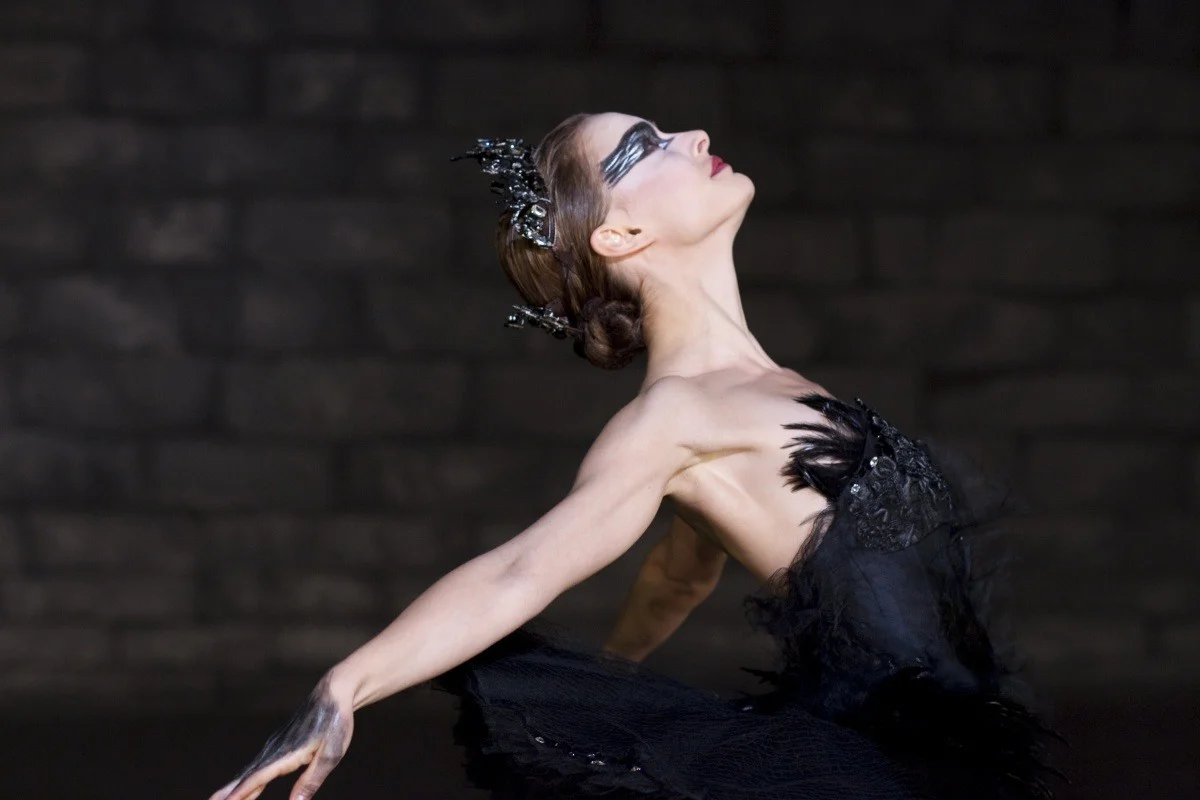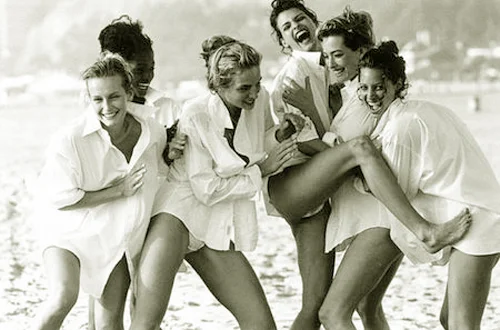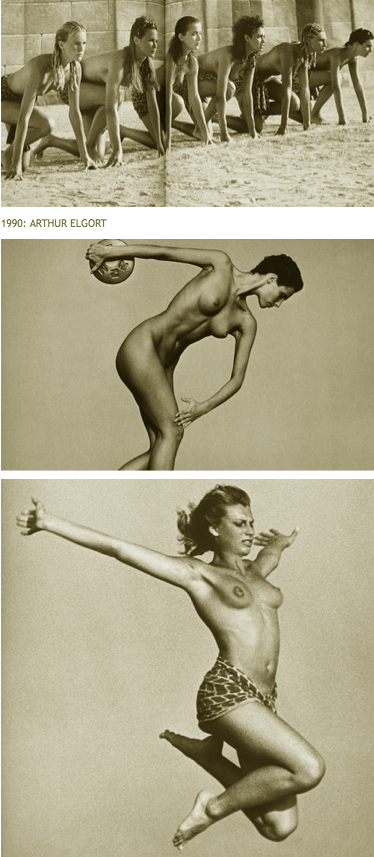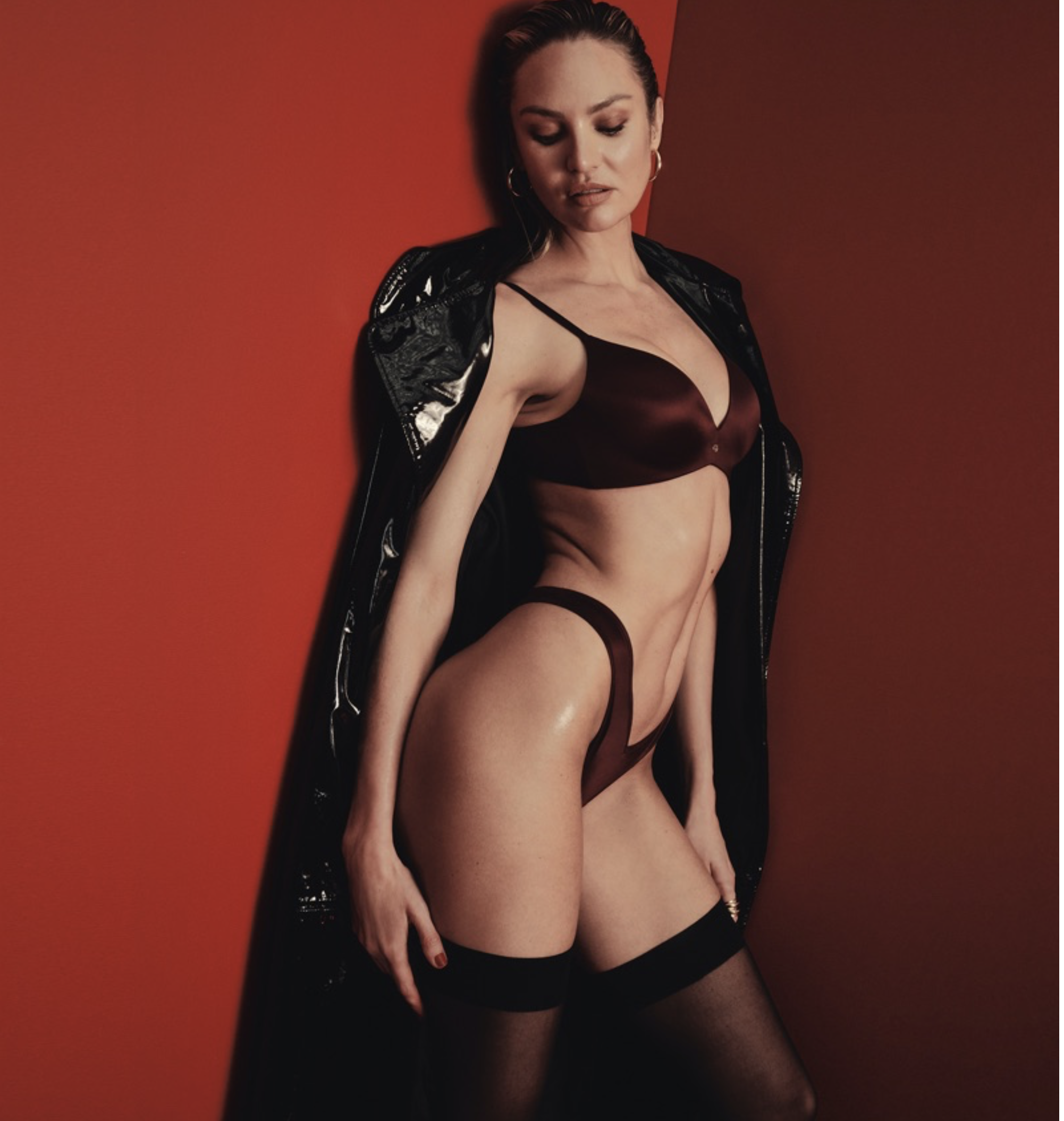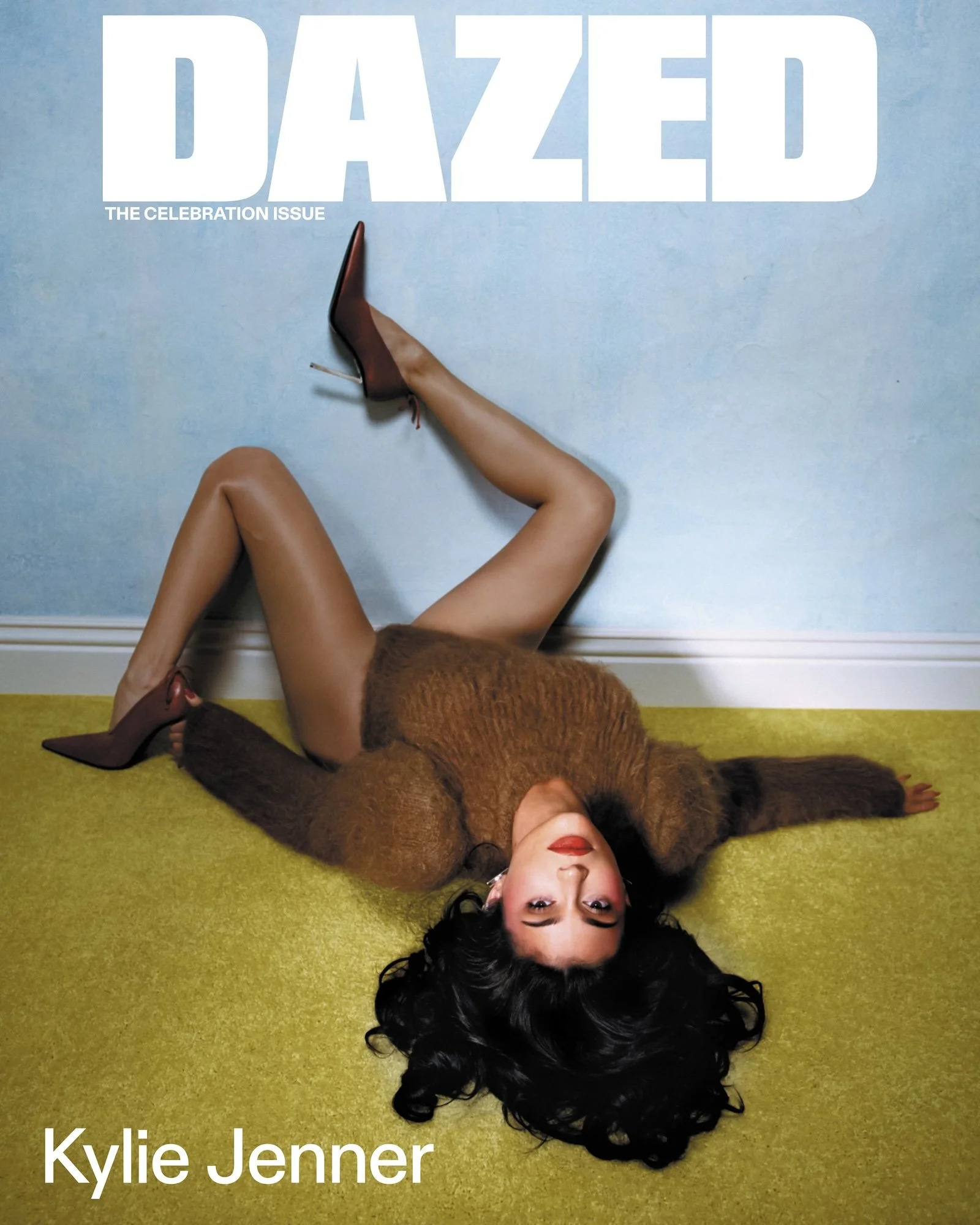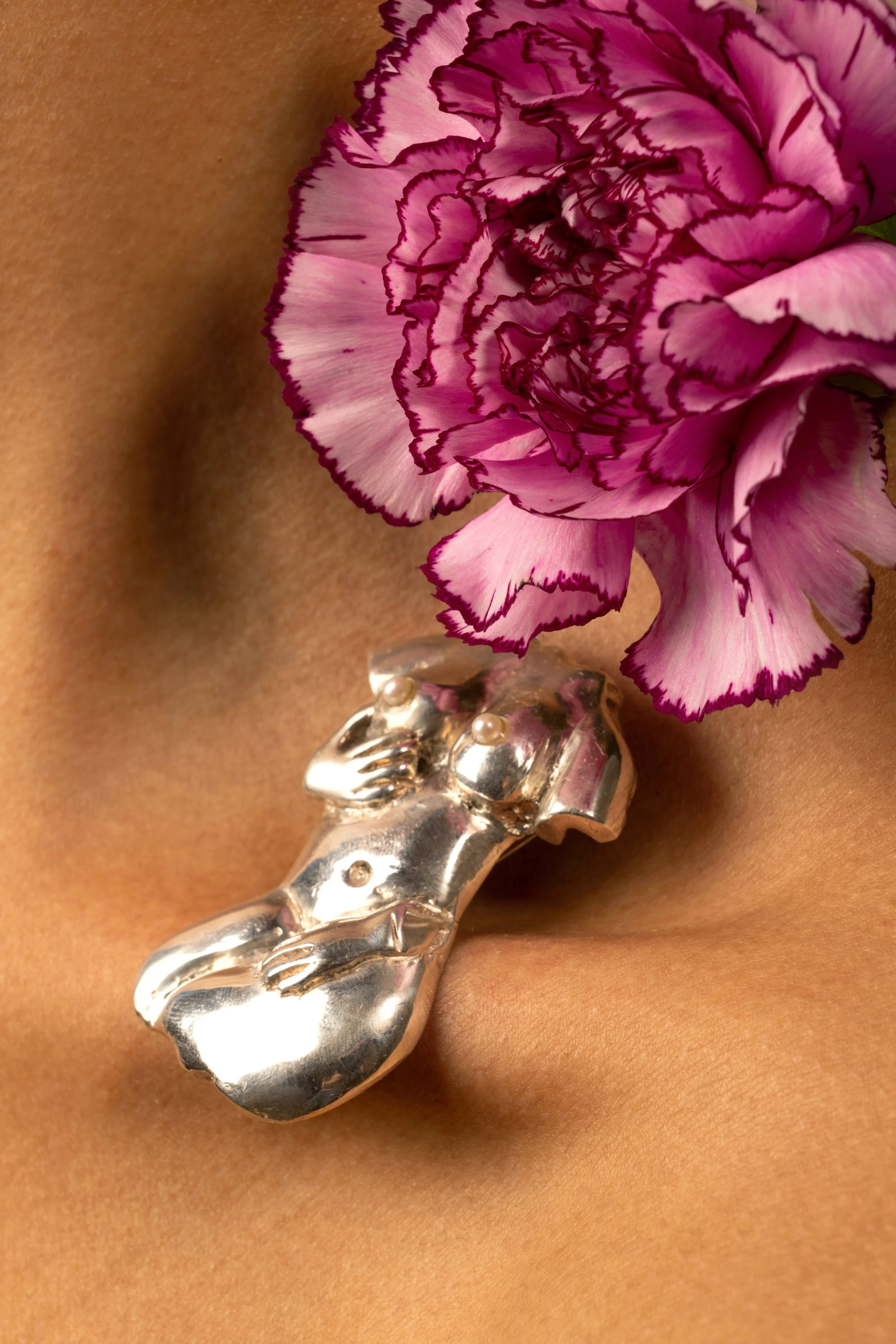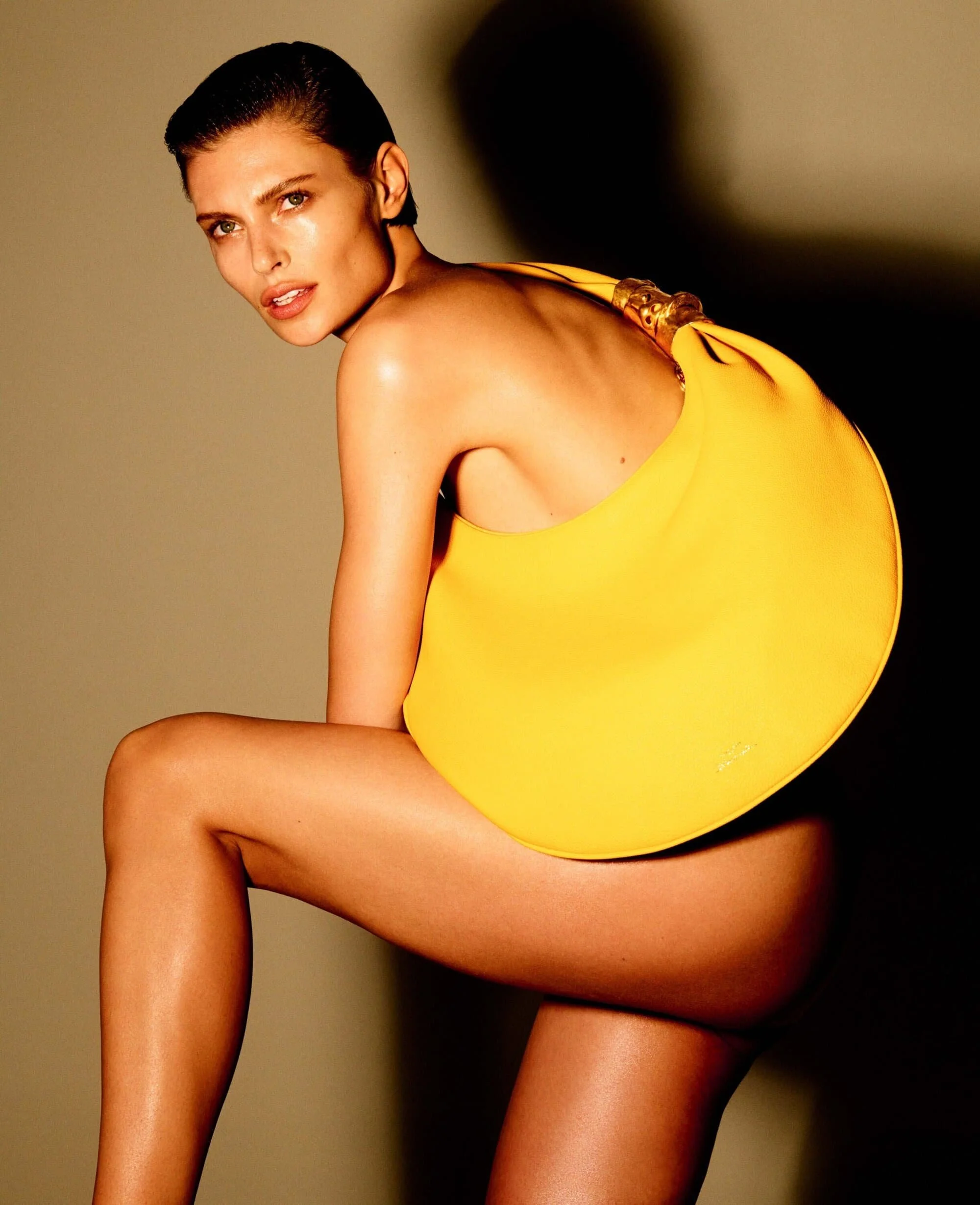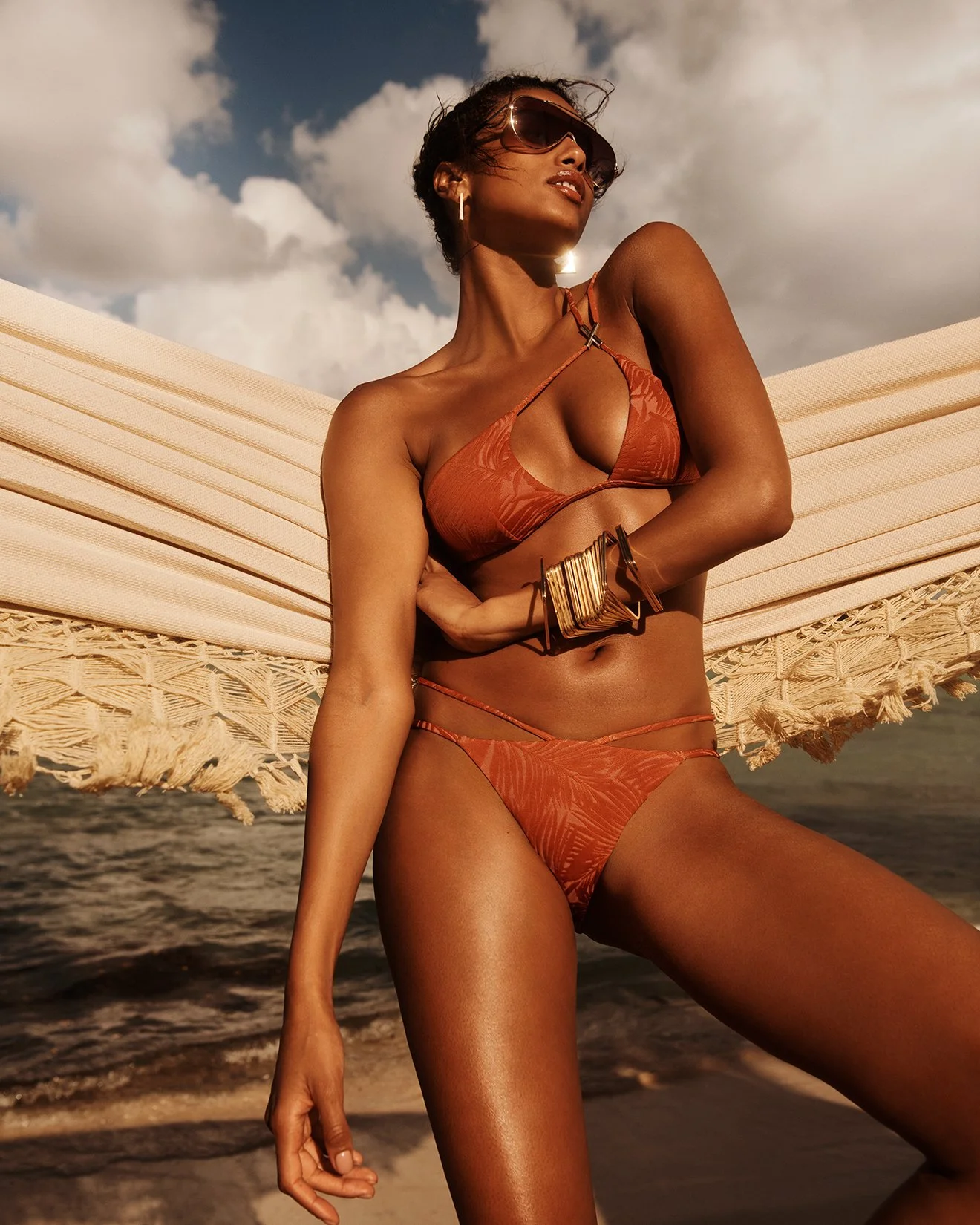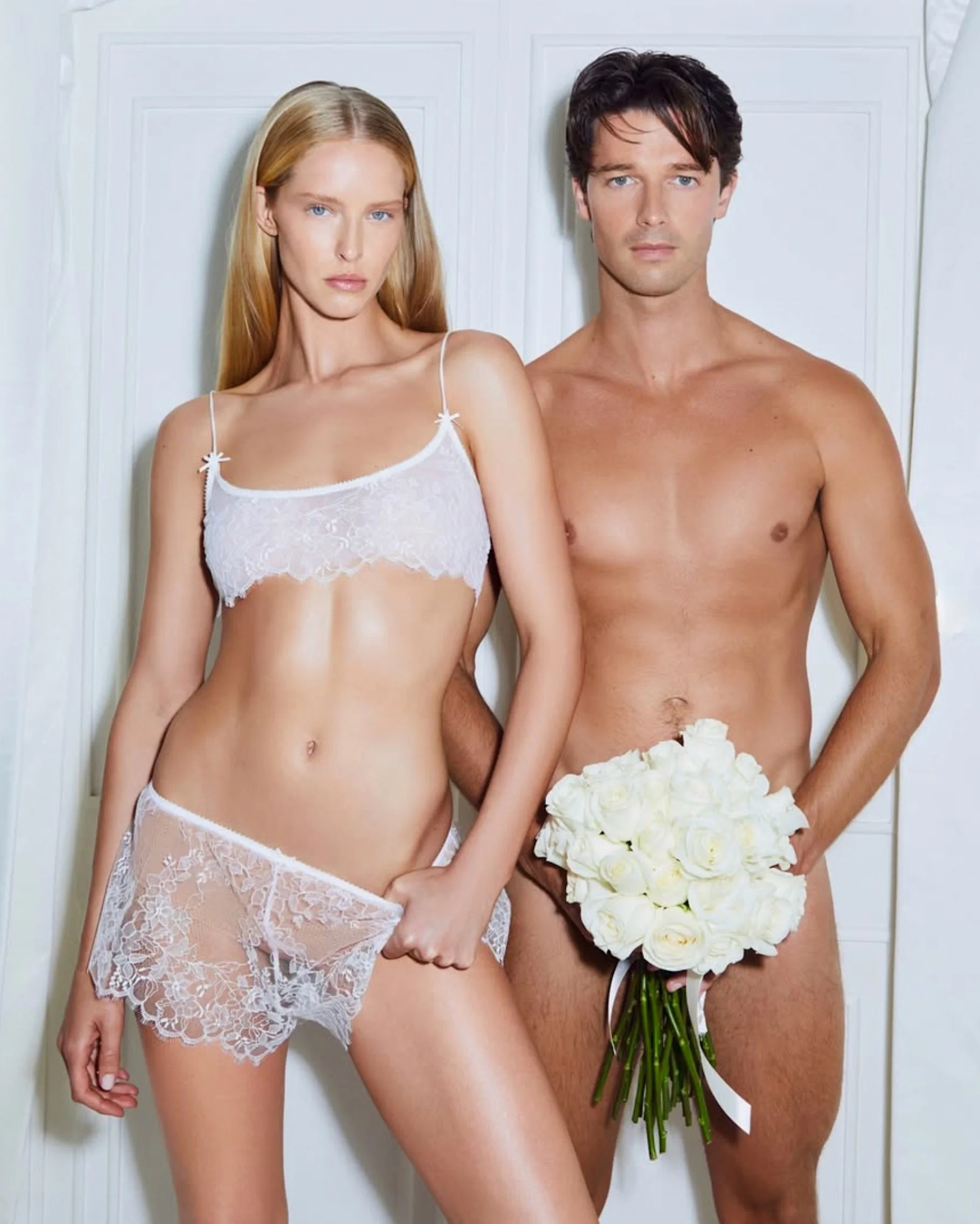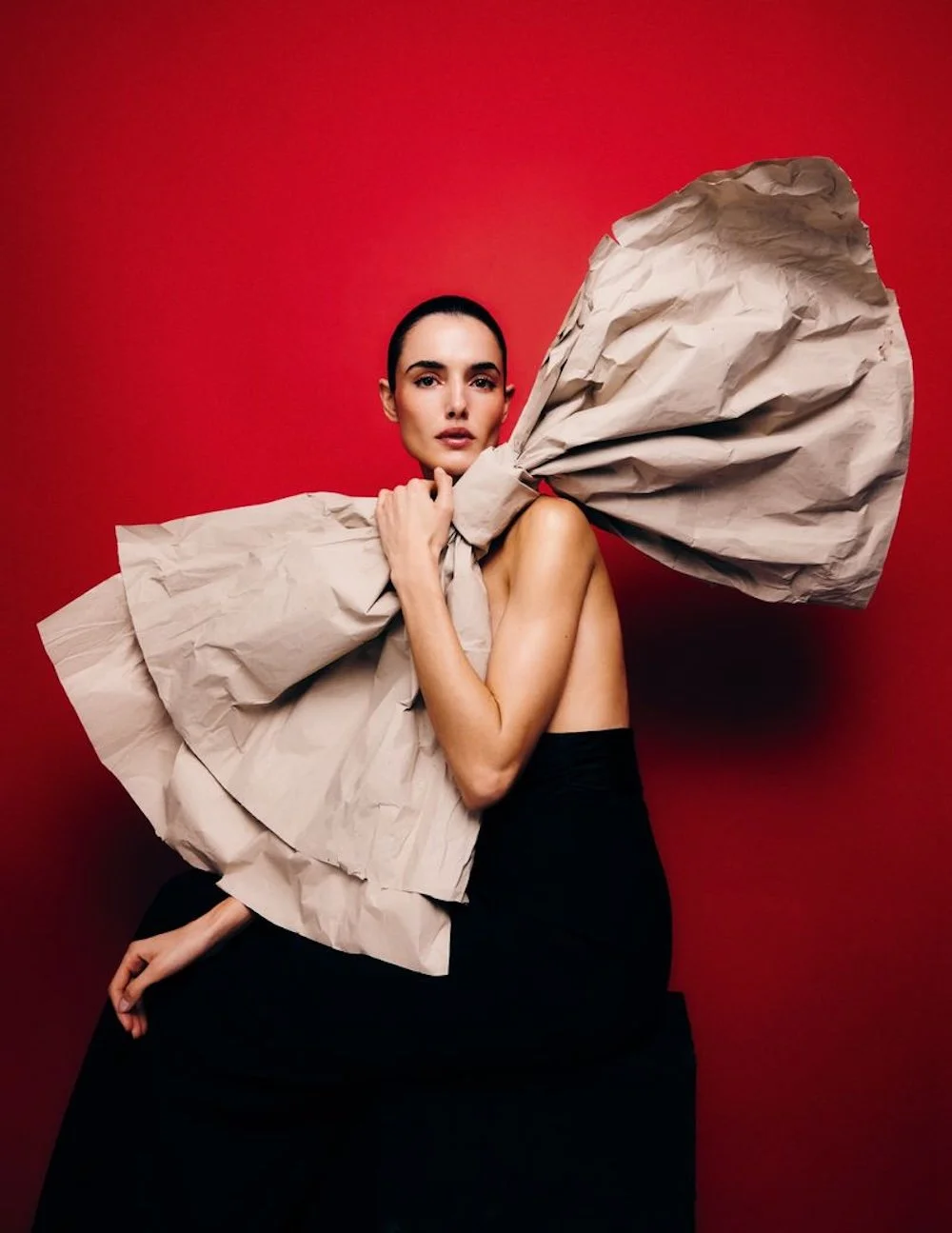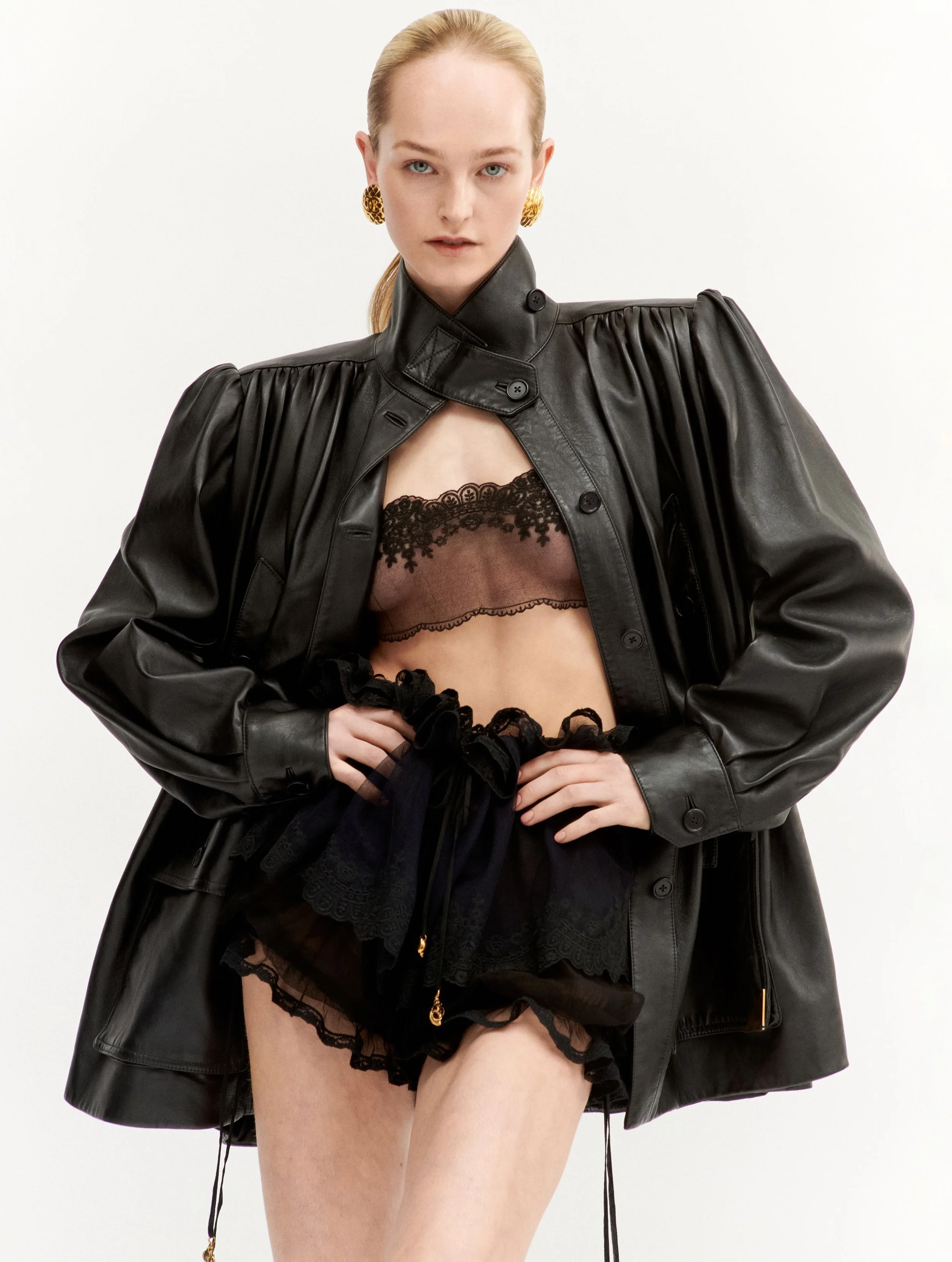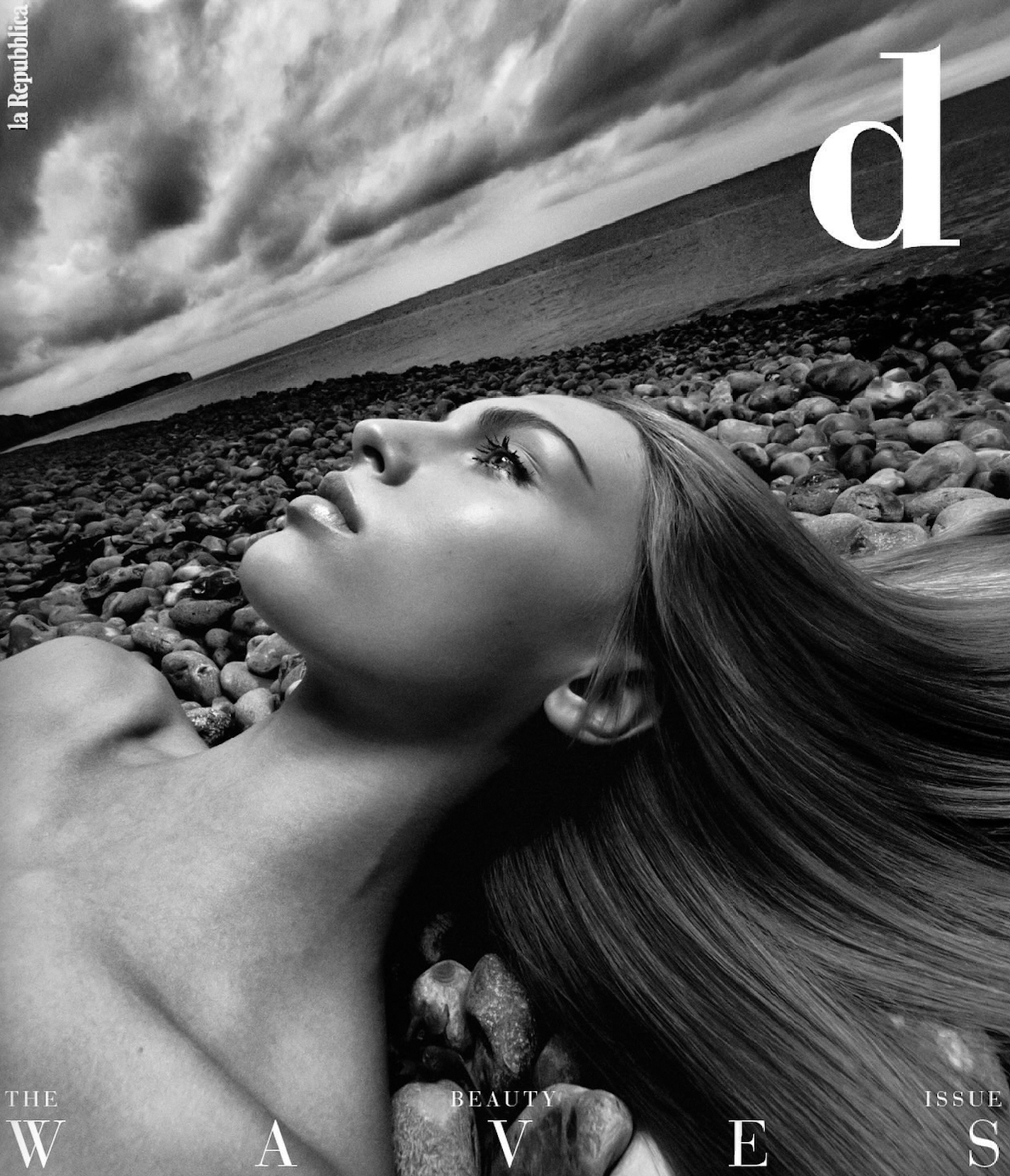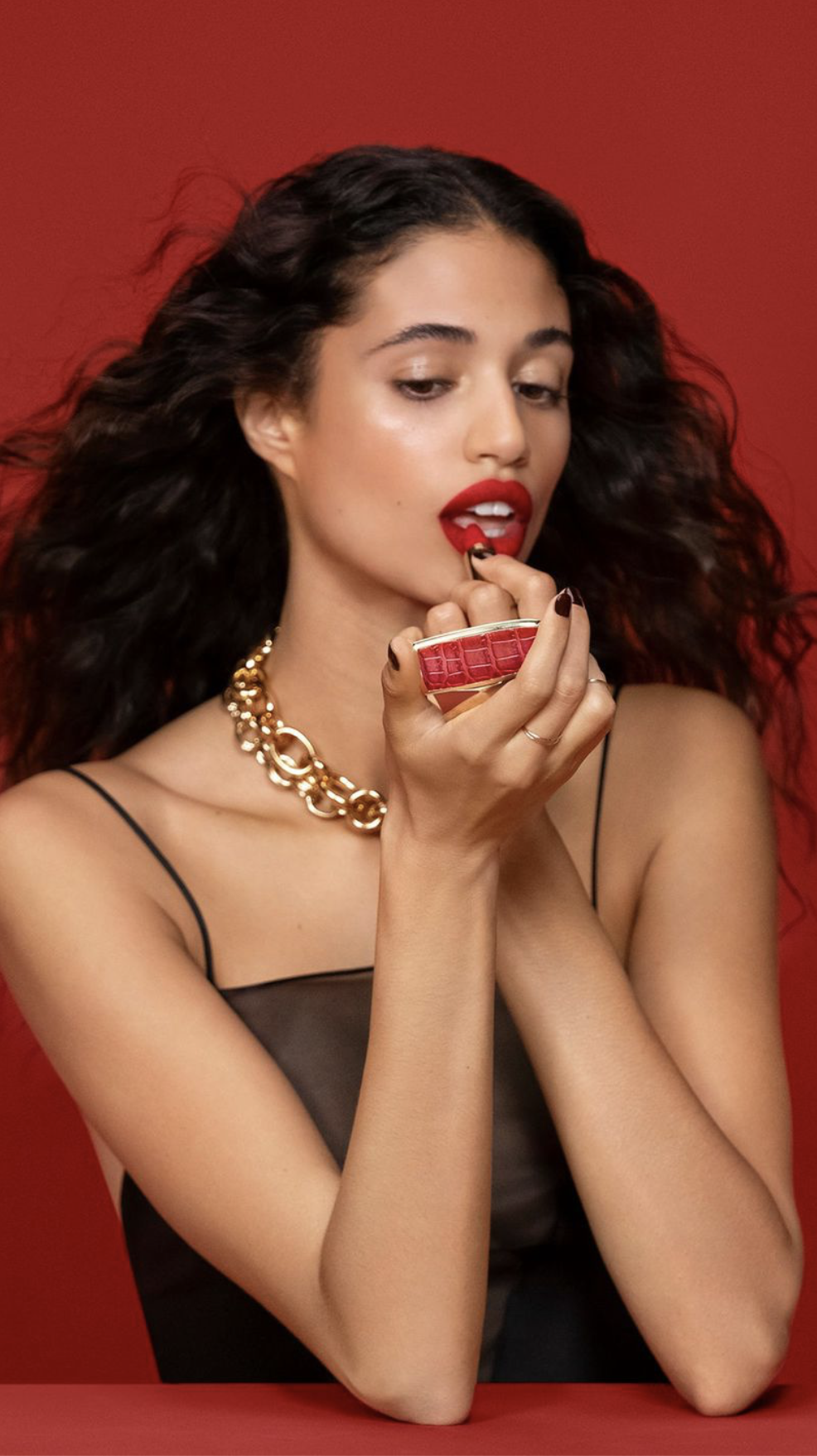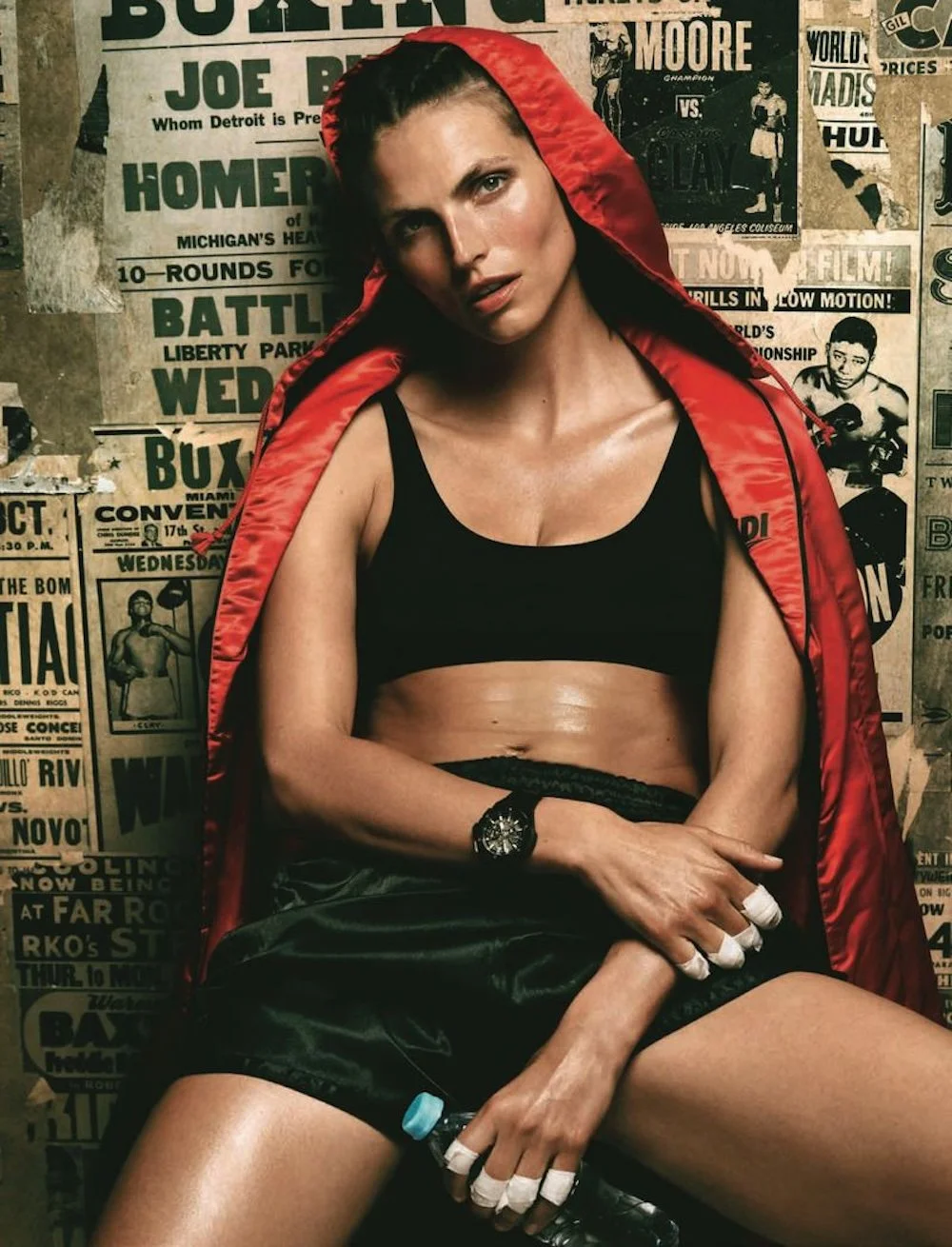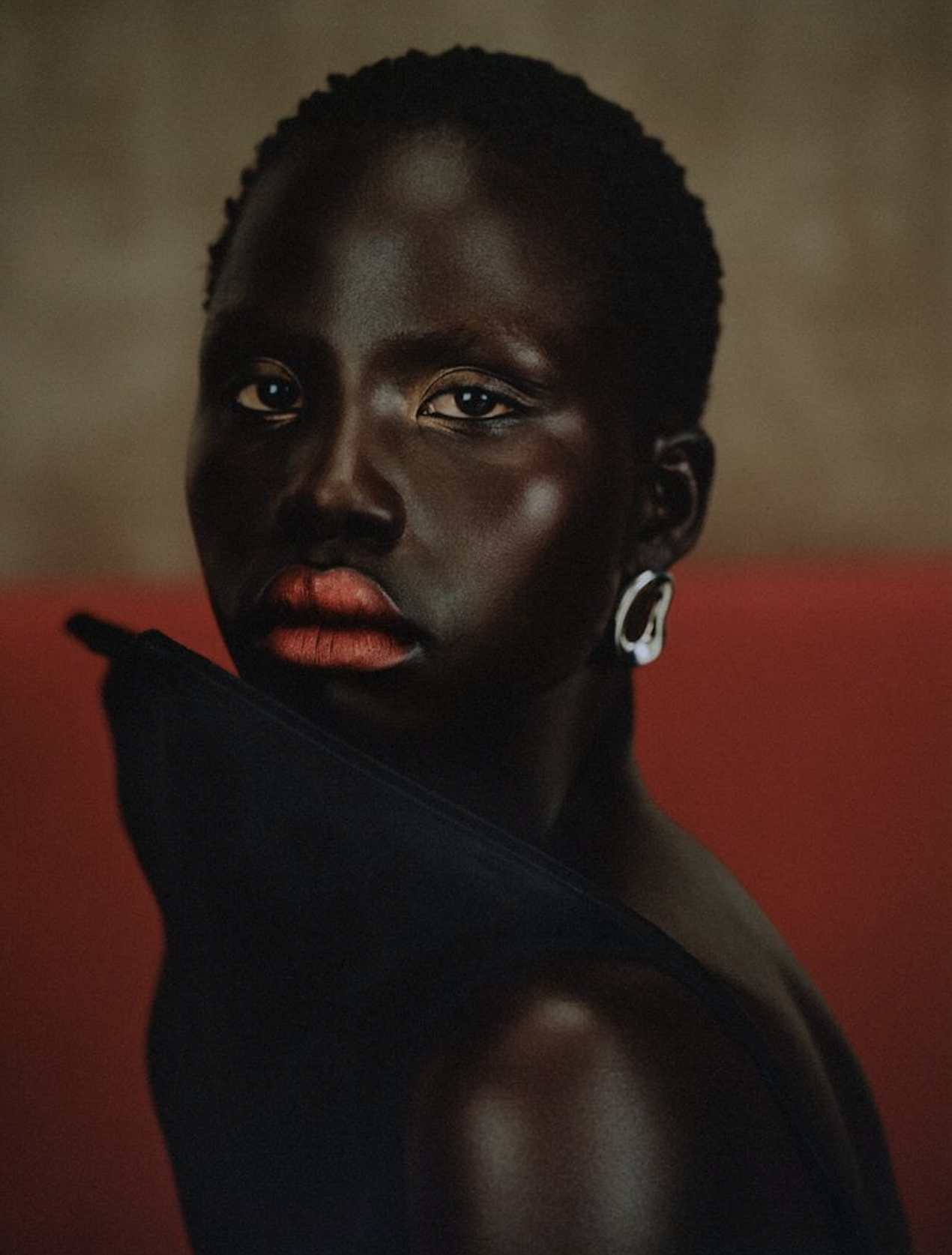Pirelli Defines Sensuality & Fashion Bodies | Arthur Elgort & Karl Lagerfeld See Women Very Differently
/I was surprised just now, seeing these images of women from the 1990 Pirelli Calendar, lensed by American photographer Arthur Elgort. Reading about the American photographer, the image maker attributes much of his ‘snapshot’ style to a love of music and dance, especially jazz and ballet.
These Arthur Elgort images celebrate a Smart Sensuality woman who is fit and active, a woman who celebrates her body in a way that is integrated with her sexuality and is part of her identity.
Writing often about the growth of a ‘monastic, sexless’ style in fashion and popular culture, I can’t help but contrast these Arthur Elgort images of women in action, created for the 1990 Pirelli Calendar, with Karl Lagerfeld’s photos from this year’s calendar.
Karl Lagerfeld’s 2011 Pirelli Calendar
Karl Lagerfeld | Pirelli Calendar 2011 | The Female Divinities & Muses Are Feminists AOC Body Politics
Lagerfeld’s images are cooly intellectual and monastic — which is his philosophy when the topic is sensuality. Elgort’s images celebrate women in motion, active warrior goddesses, athletes. And while both men love ballet, I speculate that Elgort adores Alvin Ailey as much as George Ballanchine.
The 90s Demise of a Size 4 and 6 Model
A parallel to the Conservative movement that swept the world, and America in a major way in the 1990s, was the demise of the size 4-6 supermodels and emergence of a new body type: the size 0 ballet dancer body. Karl Lagerfeld promoted this vision of the beautiful woman, more than any other designer.
In America, the vision was soon adopted and advanced by Sarah Jessica Parker, who replaced sexuality and female sensuality with shopping. ‘Sex and the City’ rendered stilettos the symbol of sexual promise — but not action — for American women.
Sarah Jessica Parker is proud of the fact that she never shared more than a chaste kiss in all the years of ‘Sex and the City’.
The contrast between Kim Cattrall and Parker in “Sex and the City” is a vivid representation of a determined American Conservatism that sought to regain control of female sexuality just as it was breaking out of the box, resulting from the second wave of the global women’s movement.
Kim Cattrall is the confident, deeply-sensual woman with a hot libido. Sarah Jessica Parker experiences a total state of ingenue angst when she farts in bed with Mr. Big.
Both Karl Lagerfeld and Sarah Jessica Parker are inspired by the vision of woman as the petite, disciplined ballet dancer, a woman who assumes control of her body with a monastic self-discipline. Many forms of sensuality and sensual pleasure are considered enemies.
‘Black Swan’ | Woman’s Pursuit of Perfection
Natalie Portman stars in ‘Black Swan’.
The publication of Karl Lagerfeld’s 2011 Pirelli Calendar is accompanied by the release of ‘Black Swan’, starring Natalie Portman as a ballerina whose rise to success is accompanied by an escalating insanity.
The New York Times writes: “Some dancers say that the film holds up a mirror to a darker side of ballet.”
The film’s director, Darren Aronofsky, lays bare several unsettling topics in the movie: “the blind pursuit of perfection, the anorexia and bulimia to achieve a fat-free swanlike figure, the sexual abuse of fragile ingénues.”
Jennifer Homans, the New Republic dance critic whose new history of ballet ‘Apollo’s Angels’ is #209 on Amazon’s top-seller list today, says that dance tends to draw people who have a kind of discipline and dedication that can flip into obsession.
“They are obsessed with trying to make their bodies into something beautiful and special and otherworldly,” Ms. Homans is quoted by the NYT. “There is an enormous psychological pressure cooker there at a very young age.”
Men on Top
Anne of Carversville is focused on the patriarchal need to control women’s bodies. From fashion to flogging, from ballet to the Vatican’s determination to overturn Rose vs Wade in America, the course of our patriarchal history is obsessed with controlling female sexuality and physicality.
In America the majority of women submit to this view that men rule.
Two-thirds of American women believe that God is a man and is watching women’s every move. American women are lukewarm about electing females to political office, beliving that men know what’s best for us and a male-dominated patriarchy is the natural state of female grace — whether we are ballet dancers or wearers of Chanel.
Karl Lagerfeld, a man who promotes pornography as a preferred outlet for humanity’s sexual urges, is god to modern fashionistas.
This view will only escalate with the rise of the Asian luxury market, where Japanese women worship Karl Lagerfeld and are consumed with dieting further in honor of Chanel and their Kaiser.
Peter Lindbergh | Estelle, Karen, Rachel, Linda, Tatjana, Christy, US Vogue. 1988 Rendering Women Powerless
While I am the first to acknowledge America’s obesity epidemic and constantly advocate a medically health BMI of 25 or less, I am concerned that the real goal for size 0 women isn’t only a positive self-discipline inspired by self love, but a deeply-seeded need to render women powerless in the larger culture.
Karl Lagerfeld isn’t wrong in his advocacy that women exhibit personal control over our bodies. The question concerns balance.
This excellent Karl Lagerfeld interview, published in the Telegraph UK some years ago, lays out his thinking on the subject of his own diet and weight loss, and his desire to be a clothes horse.
There is no debate that size 4-6 US women models were both sensual and fashion role models. They were powerful women with strong bodies.
Why then, did they fade away with the whims of men at the top of fashion and ballet? Women did not drive this trend. They followed the men in charge, although I note that certain women in the fashion industry were happy to fall in line with their own version of women-shaming.
It’s important to acknowledge that French fashion has long celebrated thin women and a ‘gamine’, boyish look as well. We must not infer that this preference suddenly sprang to mind from the mouth of Karl Lagerfeld.
Independent French Women
Yet, French women aren’t as mired down in the religious patriarchy watching their every move as American women are. French women are noted for being more independent than American women, and they also celebrate responsible pleasure and sensuality on their terms.
No one disagrees that Karl Lagerfeld is brilliant.
Karl Lagerfeld hangs out with Kanye West as a modern Andy Warhol. Karl is cool because he remains connected to youth culture and ordinary life in the street. This vibrancy is a great attribute for any designer.
Helena Christiansen | 7 Fantasmes by Karl Lagerfeld
Yet on the subject of female nature and womanly sexuality, I say that Karl Lagerfeld and the values he represents embrace a world in which men call the shots and female sexuality is under lock and key.
One of the biggest personal disappointments ever was buying ‘7 Fantasmes of a Woman’ by Karl Lagerfleld, thinking that I would see a beautiful eroticism but finding a sensual void instead.
I will take up that subject next, adding only that when it comes to naked bodies and sensality, men get the pearls — an unusual form of eroticism in a little book entitled ‘7 Fantasmes of a Woman’ and dedicated to Helena Christensen.
My personal revolt on the subject of body image, health, fashion and sexuality is focused on what I believe is a deliberate need of patriarchal forces from fashion to religion to control women by convincing us to do as they say.
Women should be naturally submissive, says Pope Benedict.
Millions of men around the world agree with him, and I believe that this view is escalating not declining.Rendering women chic and elegant but physically powerless is the patriarchal goal of many in the fashion industry.
Seeing Arthur Elgort’s Pirelli Calendar 1990 images of women, and comparing them to the 2011 Pirelli Calendar, reminds me of just how much ground we’ve lost in the pursuit of 21st century female emancipation. Anne



